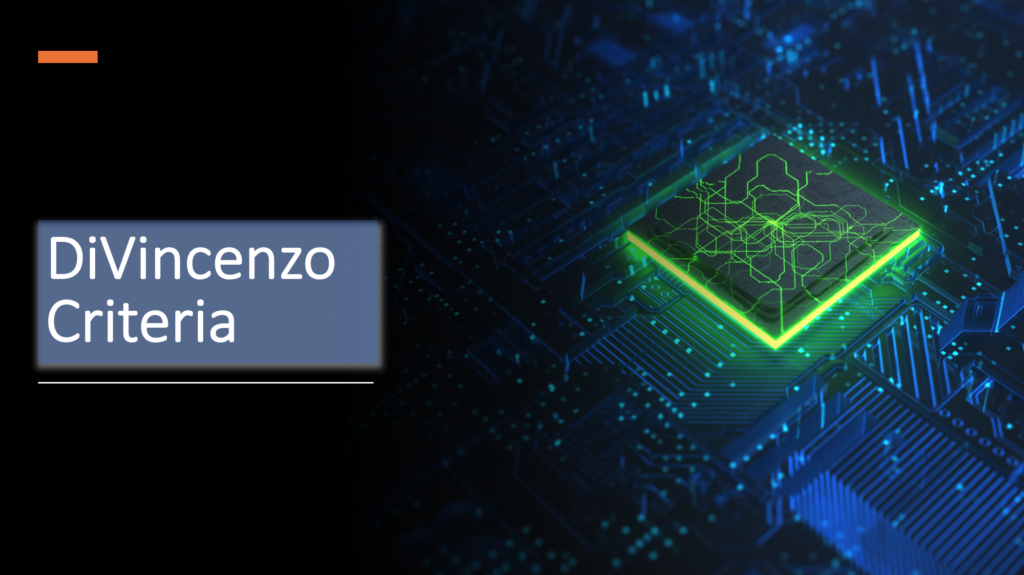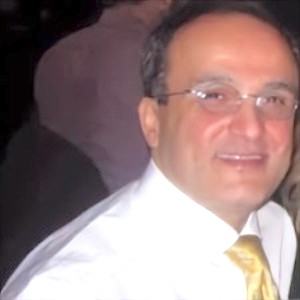DiVincenzo Criteria

David DiVincenzo is a theoretical physicist who has made significant contributions to the field of quantum computing. He was born on March 17, 1957, in Norristown, Pennsylvania, USA.
DiVincenzo received his Bachelor’s degree in physics from the University of Pennsylvania in 1978 and his Ph.D. in physics from the Massachusetts Institute of Technology (MIT) in 1983. He then held postdoctoral positions at the University of California, Berkeley, and at the IBM T.J. Watson Research Center.
He is known for formulating the criteria for building a quantum computer, which is now known as the DiVincenzo criteria. These criteria provide a roadmap for developing a practical quantum computer, including requirements for the system’s physical implementation, the ability to initialize and read out quantum states, and the implementation of quantum error correction.
The DiVincenzo Criteria is a set of guidelines determining whether a physical system can be used as a quantum computer. The criteria were proposed by David DiVincenzo in 2000 and have since become a standard framework for evaluating quantum computing systems.
The DiVincenzo Criteria are as follows:
- A scalable physical system with well-characterized qubits: The system should be scalable, meaning that it can be expanded to a larger number of qubits without significant difficulty. Additionally, the qubits must be well-characterized, meaning that their properties can be precisely controlled and measured.
- The ability to initialize qubits to a known state: The system must be able to prepare qubits in a known state. This is necessary because quantum algorithms require the input qubits to be in a specific state.
- Long qubit coherence times: The qubits should be able to maintain their quantum state for a sufficiently long period of time. This is necessary because quantum computations require a large number of quantum gates to be performed, and each gate can cause the qubits to lose their coherence.
- A universal set of quantum gates: The system must be able to implement a universal set of quantum gates. This means that any quantum algorithm can be implemented using this set of gates.
- The ability to accurately measure qubits: The system must be able to measure the state of individual qubits with high accuracy. This is necessary because quantum algorithms require measuring intermediate results during computation.
- The ability to interconvert stationary and flying qubits: The system should be able to convert between stationary qubits (used for storage) and flying qubits (used for communication between different parts of the system).
These criteria serve as a checklist for evaluating whether a physical system can be used as a quantum computer. If a system meets all these criteria, it is considered a viable candidate for quantum computing.

Hamed Nazari
Hamed is an innovative and results-driven Chief Scientist with expertise in Quantum Science, Engineering, and AI. He has worked for leading tech companies in Silicon Valley and served as an Adjunct Professor at UC Berkeley and UCLA.
